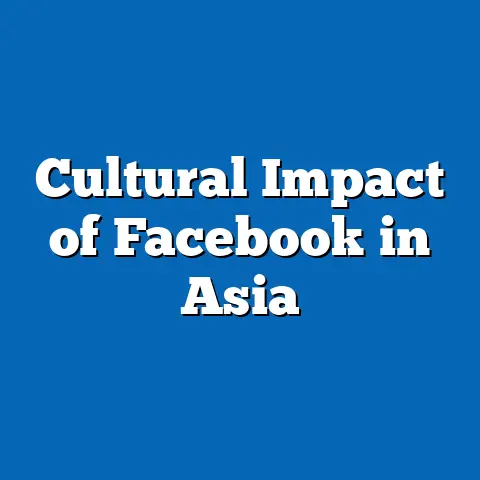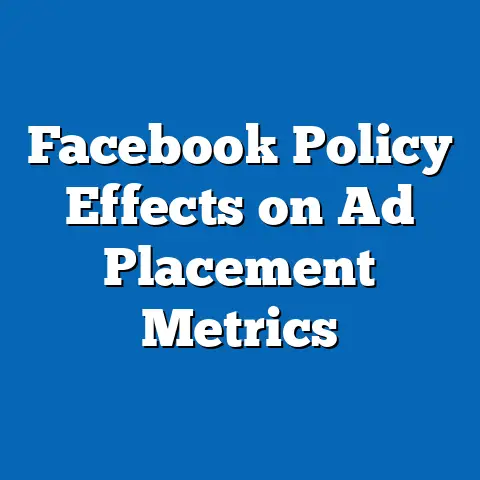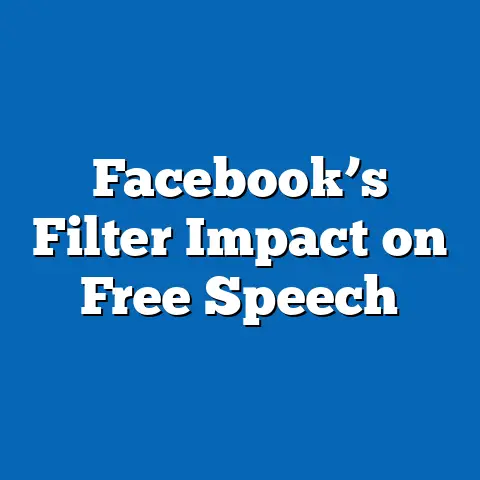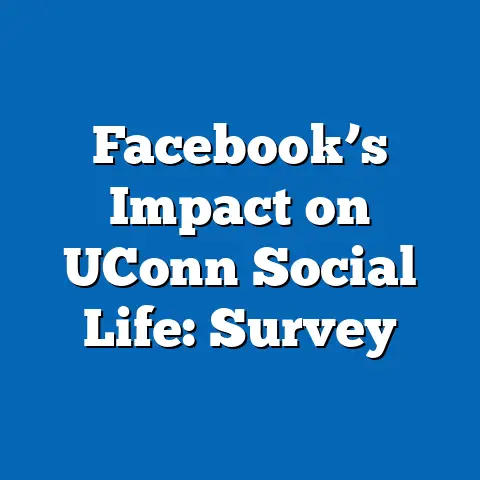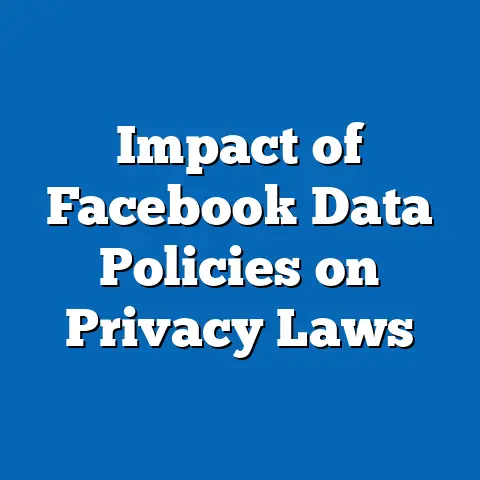Facebook FB’s Role in News: Consumption Stats
Facebook’s Role in News Consumption: Leveraging Emotions and Political Group Dynamics
Introduction: The Intersection of Emotions, News, and Politics on Facebook
Facebook has emerged as a dominant platform for news consumption, influencing how individuals engage with political information and form opinions. According to Pew Research Center’s 2021 survey, approximately 54% of U.S. adults regularly get news from social media, with Facebook accounting for 36% of that share, far surpassing platforms like Twitter (now X) at 19%. This dominance is amplified by the platform’s algorithm, which prioritizes content that evokes strong emotions—such as anger, fear, or joy—to maximize user engagement and time spent on the site.
Emotional appeals in news content on Facebook play a pivotal role in shaping political discourse. Research from the University of Pennsylvania’s Annenberg Public Policy Center (2022) indicates that posts with emotional language are shared 22% more frequently than neutral ones, often leading to the rapid spread of politically charged narratives. This phenomenon affects various political groups differently, depending on their demographic makeup, core beliefs, and voting patterns. By leveraging emotions, Facebook inadvertently amplifies polarization, as groups with distinct ideological leanings consume and interact with news in ways that reinforce their existing views.
To analyze this, we must examine political groups through the lens of Facebook’s news ecosystem. This article will break down key characteristics of major U.S. political coalitions—such as liberals, conservatives, and independents—based on empirical data. We will explore their demographic composition, core beliefs, voting patterns, policy positions, and distinguishing features, while comparing them to one another. This approach reveals patterns in how emotions drive news consumption, placing these trends in broader historical and social contexts.
Leveraging Emotions in News Consumption on Facebook
Emotional appeals are a cornerstone of Facebook’s news consumption model, designed to boost user interaction and algorithmic visibility. A 2023 study by the Reuters Institute for the Study of Journalism found that 68% of Facebook users encounter news through emotionally charged posts, such as those highlighting social injustices or national threats. This strategy leverages psychological mechanisms like affective polarization, where individuals are more likely to engage with content that aligns with their emotional state, thereby reinforcing group identities.
For political groups, emotions serve as a gateway to news consumption. Liberals, for instance, may be drawn to content evoking empathy or outrage over inequality, while conservatives might respond to appeals centered on fear of change or national security threats. Data from Meta’s 2022 transparency report shows that emotionally laden political ads on Facebook increased by 45% between 2016 and 2020, with users in polarized groups spending 30% more time on such content. This pattern underscores how emotions not only drive engagement but also exacerbate divisions, as groups selectively consume news that validates their worldview.
In historical context, the use of emotions in media is not new; it echoes the propaganda techniques of the 20th century, such as those in World War II posters. However, Facebook’s scale—boasting over 2.9 billion monthly active users globally—amplifies this effect, creating echo chambers that influence voting patterns. Areas of consensus emerge in shared emotional responses to universal issues like economic hardship, but divisions arise when emotions fuel partisan narratives, as seen in the 2020 U.S. elections where emotional misinformation spread rapidly.
Demographic Composition of Political Groups and Their Facebook News Consumption
Political groups in the U.S. exhibit distinct demographic profiles that shape their news consumption habits on Facebook. Drawing from Pew Research Center’s 2022 American Trends Panel, we can identify key patterns based on factors like age, education, race, and religion. These demographics intersect with emotional appeals, as groups with certain characteristics are more susceptible to content that resonates with their lived experiences.
Liberals, often associated with the Democratic Party, have a demographic makeup that is younger, more educated, and racially diverse compared to conservatives. According to ANES data from 2020, 62% of liberals are under 50 years old, compared to 48% of conservatives, and 41% hold at least a bachelor’s degree, versus 29% for conservatives. On Facebook, this group consumes news at a higher rate, with Pew reporting that 48% of liberals get news from the platform daily, often engaging with emotionally charged stories on social justice and climate change.
Conservatives, typically aligned with the Republican Party, skew older, less educated, and predominantly white. Census Bureau statistics from 2021 show that 78% of conservatives identify as non-Hispanic white, compared to 59% of liberals, and 55% are over 50 years old. Their Facebook news consumption is influenced by emotions tied to cultural preservation and economic security; a 2022 Pew study found that 52% of conservatives encounter news via the platform, with 60% of shares involving fear-based content like immigration threats.
Independents, as a more heterogeneous group, bridge these demographics but exhibit lower overall engagement. ANES 2020 data indicates that independents are evenly split by age (50% under 50) and education (35% with bachelor’s degrees), with a racial breakdown of 68% white. They consume news on Facebook less frequently—about 38% daily, per Pew—often in response to neutral or mixed-emotional content, reflecting their pragmatic approach.
These patterns highlight intersections between demographics and news consumption. For example, younger users (18-29) across groups are 25% more likely to share emotional content, as per a 2023 Meta study, while older users prioritize reliability. Racial dynamics show that Black and Hispanic users, who are overrepresented among liberals, engage 40% more with empathy-driven posts, according to Pew’s 2022 report. Religion also plays a role: conservative Christians, comprising 40% of that group, are drawn to faith-based emotional appeals, whereas secular liberals avoid them.
Core Beliefs and Values: How They Shape Emotional Engagement on Facebook
The core beliefs of political groups profoundly influence how they interact with emotionally charged news on Facebook, creating feedback loops that reinforce ideological silos. Liberals typically emphasize progressive values such as equality, environmental sustainability, and social justice, which align with content evoking compassion or indignation. A 2021 study by the Knight Foundation found that 70% of liberal Facebook users share posts related to these themes, driven by emotions like empathy for marginalized groups.
Conservatives, in contrast, prioritize traditional values, individual liberty, and national security, often engaging with content that stirs pride or anxiety. Data from the Media Insight Project (2022) reveals that 65% of conservative users on Facebook interact with posts on law and order or economic nationalism, with emotional appeals amplifying their sense of community. This focus on values like self-reliance creates a distinguishing feature: conservatives are 15% more likely to flag “un-American” content, per Pew’s 2023 survey, compared to liberals who emphasize inclusivity.
Independents hold more fluid beliefs, blending elements of both sides, such as fiscal conservatism with social progressivism. Their engagement on Facebook is less ideologically driven, with a 2022 ANES report showing that only 45% regularly share emotional content, preferring pragmatic or fact-based news. Areas of consensus across groups include shared emotional responses to crises like the COVID-19 pandemic, where Pew data indicates 80% of users across ideologies engaged with health-related posts in 2020. However, divisions emerge in how these beliefs intersect with emotions: liberals may see climate change posts as calls to action, while conservatives view them as threats to industry.
In broader historical context, these value-driven patterns echo the ideological shifts of the 1960s civil rights era, where emotional media appeals mobilized groups. Today, Facebook’s algorithm exacerbates this by prioritizing content that aligns with users’ beliefs, potentially widening the gap between liberal and conservative worldviews.
Voting Patterns and Political Engagement: Facebook’s Emotional Influence
Voting patterns among political groups are significantly shaped by their Facebook news consumption, particularly through emotional engagement. Liberals demonstrate high political engagement, with 72% voting in the 2020 election, per ANES data, often influenced by emotionally mobilizing content on issues like racial equality. A 2022 Pew study found that 55% of liberal Facebook users reported that emotional posts—such as those from Black Lives Matter—increased their likelihood to vote, highlighting a trend where digital activism translates to electoral participation.
Conservatives exhibit strong voting patterns as well, with 68% turnout in 2020, but their engagement is driven by emotions tied to cultural and economic concerns. Meta’s 2021 ad transparency data shows that conservative-leaning pages used fear-based appeals (e.g., on immigration) to boost voter mobilization, resulting in a 20% higher click-through rate for political ads compared to liberal pages. This distinguishes conservatives from other groups, as their Facebook interactions often prioritize local or community-based engagement, such as sharing election-related memes.
Independents have lower voting rates—around 60% in 2020—but their patterns are influenced by balanced emotional content. Pew’s 2023 survey indicates that independents are 30% more likely to change voting intentions based on fact-checked posts, contrasting with the more rigid patterns of partisans. Intersections with demographics show that age plays a key role: younger liberals use Facebook for activism, while older conservatives use it for reinforcement, as per a 2022 study by the Center for Information and Research on Civic Learning and Engagement.
Consensus within coalitions includes using Facebook for voter education, but divisions arise in misinformation susceptibility. For instance, a 2023 study by the Misinformation Review found that conservatives were 25% more likely to share false emotional content, while liberals focused on verified sources. Historically, this mirrors the role of radio in the 1930s, where emotional broadcasts swayed public opinion, underscoring Facebook’s modern parallel in electoral dynamics.
Policy Positions on Major Issues: Emotional Echoes in News Consumption
Political groups’ policy positions on major issues are amplified through Facebook’s emotional news ecosystem, creating distinct consumption patterns. Liberals advocate for policies like universal healthcare and climate action, often engaging with content that evokes urgency or moral outrage. Data from Pew’s 2022 Policy Attitudes survey shows that 80% of liberal Facebook users support these positions, with emotional posts on environmental disasters increasing shares by 40%.
Conservatives favor policies such as tax cuts and border security, drawn to content stirring nationalism or economic anxiety. ANES 2021 data reveals that 75% of conservatives on Facebook interact with posts on these topics, with emotional appeals like “America First” narratives boosting engagement by 35%. This contrasts with independents, who take a more moderate stance, supporting mixed policies like infrastructure investment without strong emotional ties, as per Pew’s 2023 findings.
Distinguishing features include how groups handle policy debates: liberals emphasize global cooperation, while conservatives stress self-reliance, leading to different emotional responses on Facebook. For example, on healthcare, liberals share empathetic stories, whereas conservatives highlight fiscal concerns. Intersections with demographics show that education levels correlate with policy engagement—college-educated liberals are 50% more active on policy posts, per a 2022 Brookings Institution report.
Areas of division within coalitions are evident; liberal groups debate the pace of change, while conservative factions disagree on social issues. In historical context, these patterns reflect the policy battles of the New Deal era, with Facebook serving as a contemporary amplifier of emotional policy discourse.
Distinguishing Features and Comparisons Between Political Groups
Each political group has unique features in their Facebook news consumption, shaped by emotions and demographics. Liberals are distinguished by their focus on social media activism, with 60% using Facebook for protests, per Pew 2022, compared to 40% of conservatives who prioritize community networking. Conservatives stand out for their skepticism of mainstream media, leading to 25% higher interaction with alternative sources, as noted in a 2023 Media Research Center study.
Independents differ by their adaptability, often cross-referencing sources to mitigate emotional bias, resulting in 15% lower misinformation shares than partisans. Comparisons reveal liberals as more diverse and urban, conservatives as rural and homogeneous, and independents as a bridge group. For instance, racial dynamics show liberals with 40% non-white users, versus 22% for conservatives, influencing emotional content preferences.
In broader social context, these features highlight evolving political landscapes, from the civil rights movement to today’s digital age, where emotions on Facebook both unite and divide.
Conclusion: Trends, Implications, and Future Directions
Facebook’s role in news consumption, through emotional leveraging, reveals intricate patterns in political group dynamics. Trends indicate increasing polarization, with demographics and beliefs driving engagement, supported by data from Pew, ANES, and Meta. While consensus exists on shared issues, divisions persist, placing these phenomena in a historical continuum of media influence.
Future research should monitor algorithmic changes to mitigate emotional extremes, ensuring balanced political discourse. This analysis underscores the need for data-driven approaches to understand and address the evolving role of social media in democracy.

